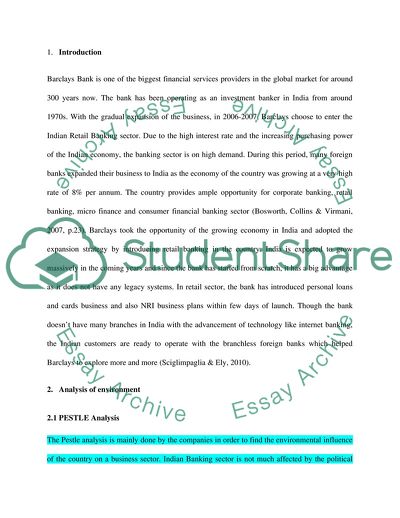Cite this document
(Evaluation of Barclays Bank in India Case Study - 1, n.d.)
Evaluation of Barclays Bank in India Case Study - 1. Retrieved from https://studentshare.org/finance-accounting/1750993-evaluation-of-barclays-bank-in-india
Evaluation of Barclays Bank in India Case Study - 1. Retrieved from https://studentshare.org/finance-accounting/1750993-evaluation-of-barclays-bank-in-india
(Evaluation of Barclays Bank in India Case Study - 1)
Evaluation of Barclays Bank in India Case Study - 1. https://studentshare.org/finance-accounting/1750993-evaluation-of-barclays-bank-in-india.
Evaluation of Barclays Bank in India Case Study - 1. https://studentshare.org/finance-accounting/1750993-evaluation-of-barclays-bank-in-india.
“Evaluation of Barclays Bank in India Case Study - 1”. https://studentshare.org/finance-accounting/1750993-evaluation-of-barclays-bank-in-india.


